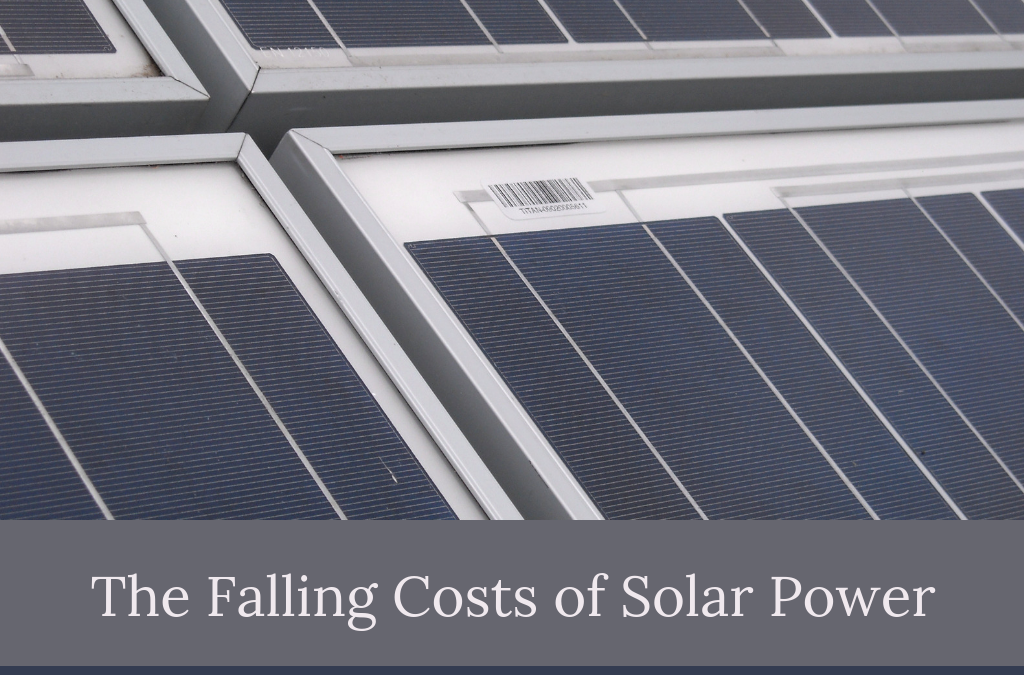The cost of a modern solar photovoltaic module has dropped to one percent of its cost four decades ago, making renewable energy technology rather favorable. While this is a fact, it raises the question of “why?”
New findings by MIT have gleaned the answer from a combination of several factors. Government policies focused on growing markets helped cut costs of the technology, while conversion efficiency, the exchange rate of sunlight to electricity, seemed to be the most quiescent of reasons. These two factors can serve as a guideline toward bettering policy and evaluating the effectiveness of such improvements in other fields of tech.
The MIT research team examined low-level factors that influenced costs by modifying modules and their manufacturing process. Solar cells have significantly improved in their conversion efficiency; this sort of factor is recognized as “low-level” because it is a factor concerning the product itself. It also analyzed high-level mechanisms, like how the production process has continued to generate fewer defective cells and how growing factory sizes have economized production scale.
The team’s study, which analyzed the technology from 1980 into 2012, broke down the contributing factors into six major low-level factors, four of which accounted for 15 percent or more. This means that there are many different ways of adjusting the cost of solar cells and that the more variables involved, the less likely those avenues are to exhaust. Notably, these factors’ importance has changed with time. Research and development of solar cells and their manufacture lead the way in cost-reductions in the 20th century. By the 21st century, the leading high-level factor has been economy of scale.
When examining government policies, the ones that stimulated the market contributed three-fifths of the total cost reduction. These policies include setting standards for renewable energy, tariffs and subsidies. While government-led ventures accounted for 30 percent of research and development, the public sector was more prominent earlier on. These findings mean that such policies’ effectiveness can be proven and by what metric.
Lead researcher Trancik believes that continual innovation and emissions policies can lead to a “virtuous cycle” that bolsters low-carbon technologies. While the study examined past performance, it suggests that the technology can become even cheaper through new findings like alternatives to crystalline silicon and continual improvement of solar cell manufacturing.

